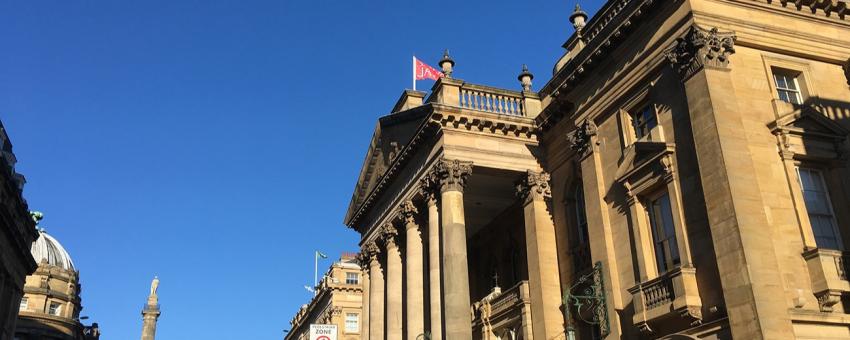1714–1901: Georgian & Victorian

King Coal and the Geordies
Border skirmishes and Scottish invasions became less frequent during Tudor times allowing trade to fully develop. The coal industry dominated, hence the sobriquet 'King Coal', and Newcastle became the leading coal exporter in England.
This led to the expression 'carrying coals to Newcastle' meaning carrying out a pointless task. Later the town became a Royalist stronghold which supported the Hanoverians King George I during the First Jacobite Rebellion (1715) and George II during the Second (1745).
The Victorian Era
It was however during the Victorian era that Newcastle really
came to the fore, playing a major part in the Industrial Revolution. Following the construction of Grainger Town's splendid Neoclassical streets, the commercial centre moved there from the Quayside. To cap it all, in 1882 Newcastle finally became a city although to this day the locals refer to it as the Toon, meaning 'town' in the regional dialect.